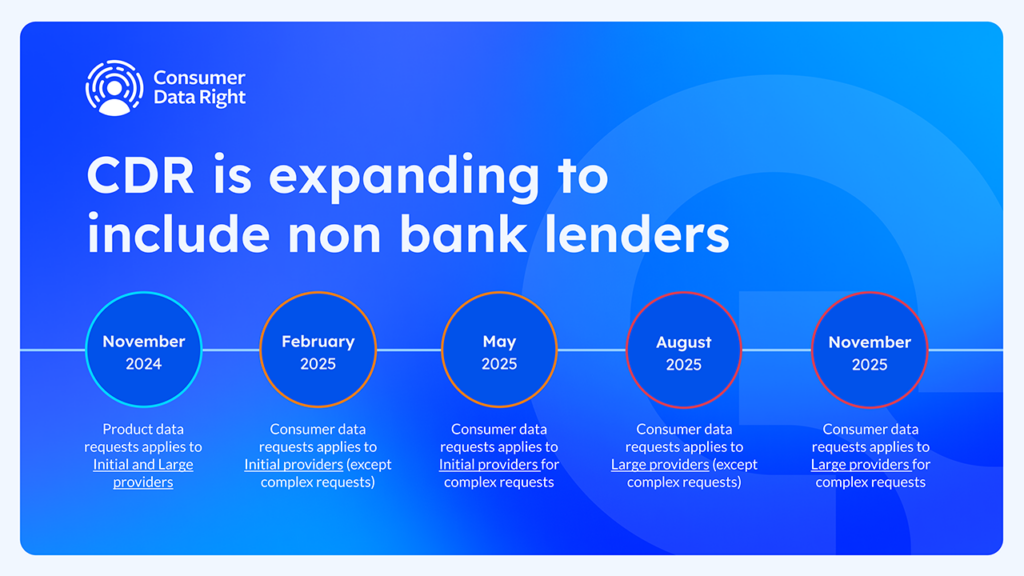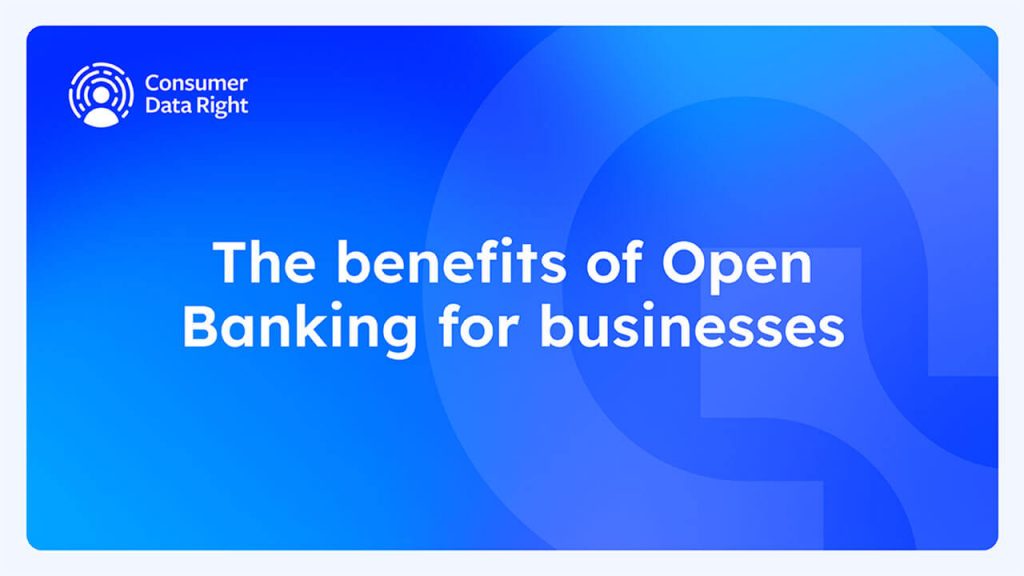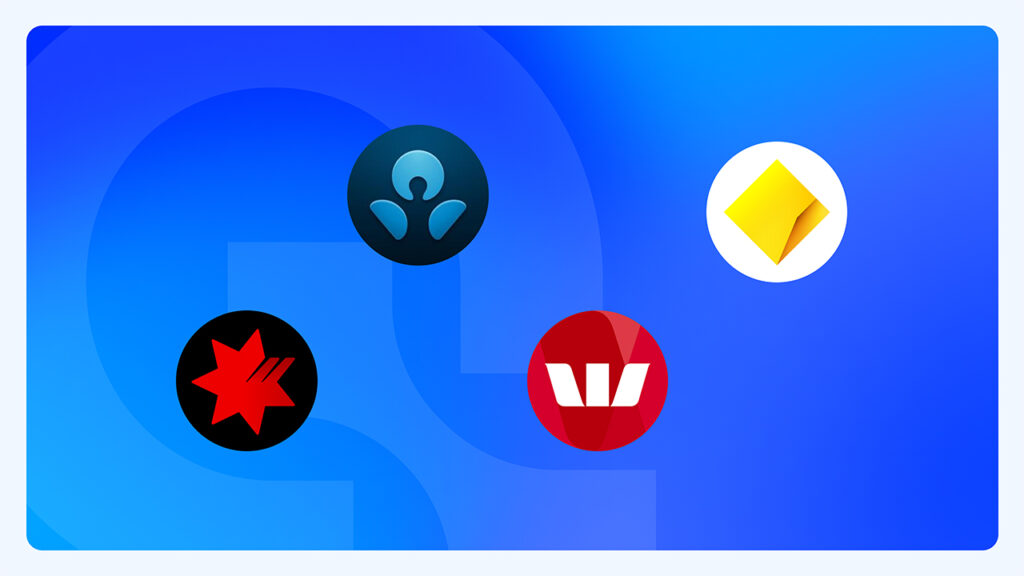To access Open Banking data, a business needs to either become an Accredited Data Recipient (ADR) or choose and meet eligibility for one of the Consumer Data Right’s (CDR) access pathways before having a way of connecting to customer data in a CDR-compliant way.
In theory, it sounds like an easy two-step process, but in practice, it is difficult and time-consuming to complete both if you aren’t familiar with the CDR or don’t have the necessary skills, capacity or resources in-house.
This is where an Open Banking provider (that is an ADR) can make all the difference. Not only can they help take the stress out of the process, they will save you time that can be better spent on your business.
Finding the right provider that best meets the needs of your business is essential. We have pulled together a practical guide to help navigate whether Open Banking is for you and what to take notice of when choosing the best provider for the job.
The Basics
What is Open Banking?
Open Banking is part of the Australian Government’s CDR that was developed to give consumers more control over the data they create when using an organisation’s product or service, for example via their bank.
Under the CDR, consumers can choose to share data with third-party providers for purposes such as personal finance management, and wealth and investment applications. The aim of the CDR is to drive competition in the market and enable customers to access products and services that better suit their needs.
What types of businesses could benefit from Open Banking?
Any business that uses, or is looking to use, financial data to deliver its services to market could benefit from the use of Open Banking. This could include using data to accelerate the onboarding of new customers or generate insights to gain a better understanding of existing customers.
Open Banking data is applicable to a wide range of use cases across a number of sectors, including lending, wealth and investing, crypto, Buy Now Pay Later, proptech, salary advance and Personal Finance Management. This is by no means a comprehensive list; the Open Banking landscape is still relatively new and the sky’s the limit when it comes to innovative use cases.
Key items to consider
Because CDR is a regulated, Australia-wide initiative, considerations such as coverage of financial institutions, data quality, security, connection stability and speed are standard for all providers.
While these key attributes will be the same for providers across the board, there are a number of other considerations that can help differentiate between providers and help choose the right one for your business.
1. Evaluate the range of Open Banking services offered
Working out what services you require can help narrow down provider options. There are three types to consider:
- CDR access model support
The first can help businesses with CDR access models but can’t facilitate the process of receiving customer banking data. Find out more about the CDR access models here. - Data connection
The second provides the plumbing for eligible businesses to access customer banking data but doesn’t offer CDR access model support services. - CDR access model support AND data connection
The third type of provider offers the full package and can help with both.
2. Assess consent management services
Customer consent is a complex and crucial part of accessing Open Banking data. The consent experience for your end customer will differ depending on the provider and can impact success of the onboarding process. If it’s too slow or feels clunky the risk is customers will drop-off. The consent experience covers:
- Creating a consent for initial onboarding
- Connecting to institutions
- Managing consent, including expiry and permission to connect to institutions
- Deleting connections
A well-developed consent flow will not only provide a more seamless user experience for your customers but can also handle the complexity behind CDR legislation (including consent management and CX guidelines), and ensure CDR compliance to help fast-track your access to Open Banking data.
Things to consider
- Does the provider’s customer consent flow feel clunky or slow?
- Are you able to edit the style of the consent flow to match your brand guidelines?
- From a developer perspective, how easy is it to integrate and set-up?
- CDR guidelines are constantly being updated. If you are using a managed or templated consent flow, does the provider automatically make changes to ensure compliance?
3. Examine the level of ongoing support
CDR is still relatively new in the scheme of things, so it’s important to get an idea of how knowledgeable a provider is – in theory and in practice.
This means taking a look at their current customers, and the industries they service, and considering if they have similar needs to your own. If you can’t find this information on the provider’s website, the CDR Representative Arrangements webpage lists accredited providers and the customers they are helping to access Open Banking via CDR’s Representative access model.
Additionally, we recommend finding out more about the support they offer, from onboarding to aftercare, and how they might align with your particular needs.
Things to consider
Is the provider not only across all things CDR, but are they actively servicing customers? If so, in what industries and for what purpose?
CDR access support
- Can the provider help determine the best CDR access model for your business and assist with the accreditation process if necessary?
- How quickly have they been able to help customers access CDR data in the past?
- If accreditation is needed, do they have the tools to streamline the process and reduce time to market?
Integration support
- How long does onboarding take and what resources are available to support an easy integration?
- Tools and resources can include things like:
- Best practice information and how-to guides for developers
- Software Development Kits (SDKs), and UI components that help reduce time to market
- No code solutions for those who don’t want to build applications but need data access to deliver their services, for example lenders.
- A free and instantly accessible sandbox environment that allows you to test solutions.
Ongoing support
- What kind of ongoing support do they provide, where are they based and when are they available?
- Do they offer tools for self diagnosis? For example, do they have a way to monitor banks’ connectors in real time so issues can be easily identified and, if possible, resolved quickly?
- What channels do they have to work with different banks to escalate and resolve issues?
4. Determine capabilities to derive insights from data
Getting access to banking data is one thing, but what do you need to do with it once it’s available? And, can the provider enable access to any other data that could help elevate your service offering to customers? It’s important to consider your use case, keeping in mind the data and extra functionality needed to make it a reality.
For example, you might have a PFM, wealth or investment app and need help converting transactions into insights about your customer; including identifying the merchant and its location, as well as categorising transactions.
Maybe you are a lender needing access to CDR data to make decisions about an applicant’s eligibility for a loan. In that case, the right provider for you is most likely one that can help build a complete picture of your customer’s financial position based on income, expenses, assets and liabilities.
Additionally, is there other data you need that isn’t yet available via the CDR, like superannuation, non-bank lending or Buy Now Pay Later, and can the provider service these? If so, it might be important for you to consider providers that can offer access to CDR and non-CDR data in one platform.
Things to consider
- What datasets are needed to help your business deliver its product or service? Do they sit outside of the CDR?
- If extra datasets are needed, is the provider able to provide access to both in the one platform? And does it require a separate integration?
- What do you need to be able to do with the data once you receive it and does the provider offer services that can support this?
Next Steps
Are you keen to find out more about Open Banking? Basiq’s Open Banking Hub has a library of relevant resources or visit the Consumer Data Right website.
If you are considering Basiq as a provider, get in touch with our friendly team to discuss how we can help.
Article Sources
Basiq mandates its writers to leverage primary sources such as internal data, industry research, white papers, and government data for their content. They also consult with industry professionals for added insights. Rigorous research, review, and fact-checking processes are employed to uphold accuracy and ethical standards, while valuing reader engagement and adopting inclusive language. Continuous updates are made to reflect current financial technology trends. You can delve into the principles we adhere to for ensuring reliable, actionable content in our editorial policy.




